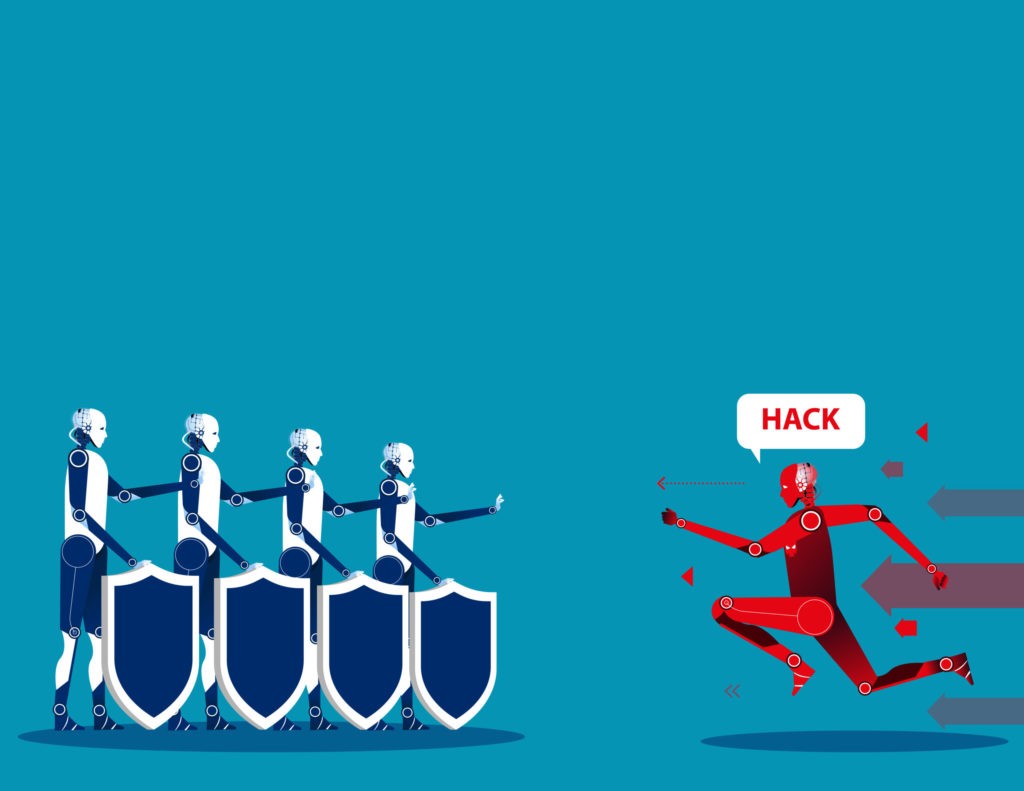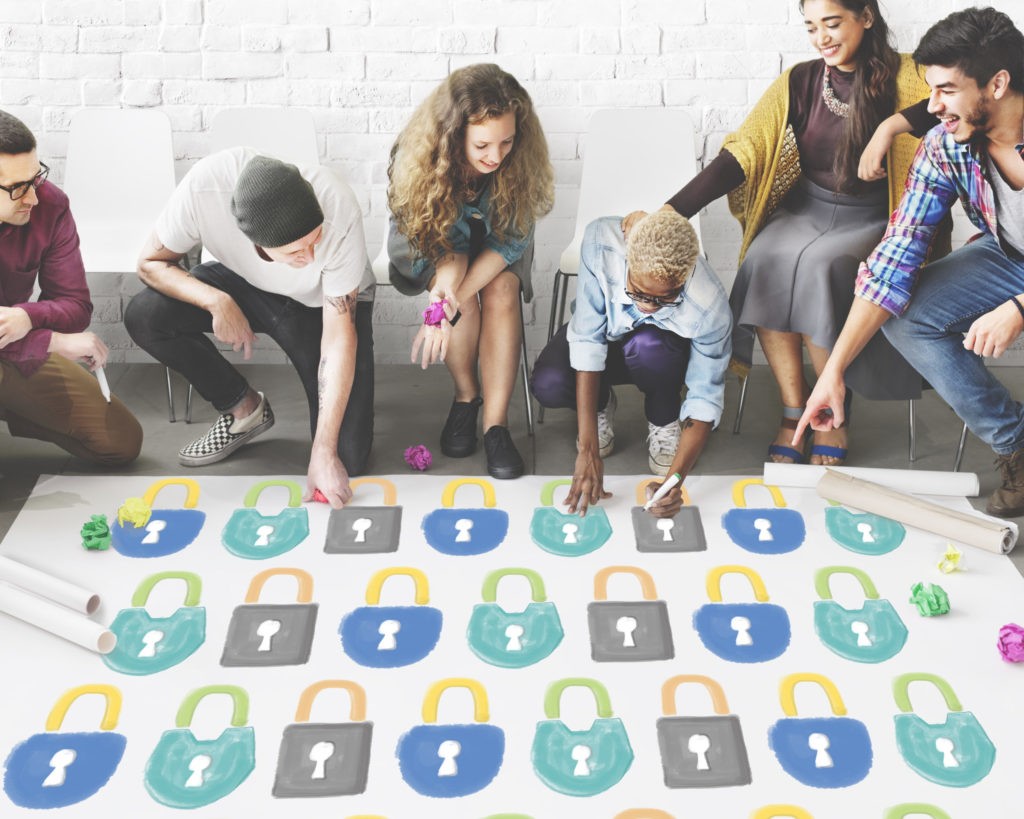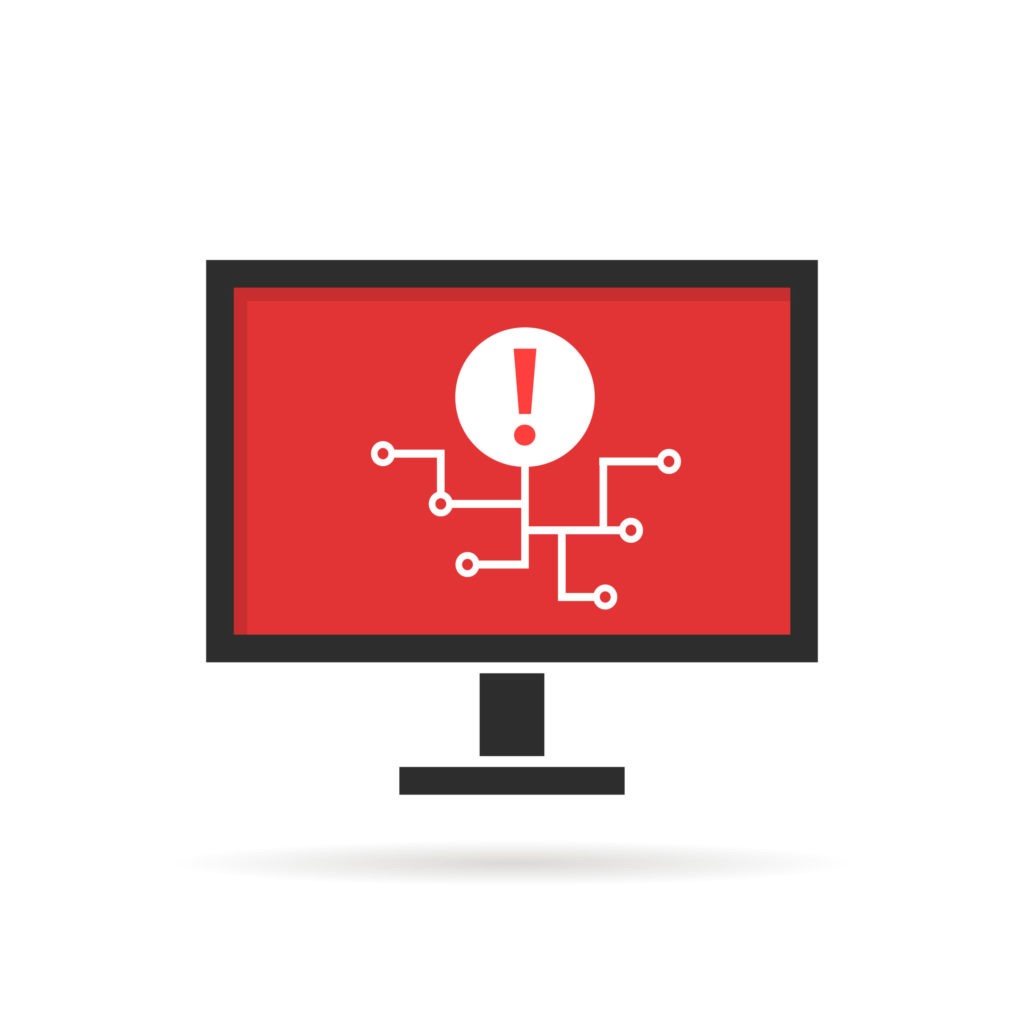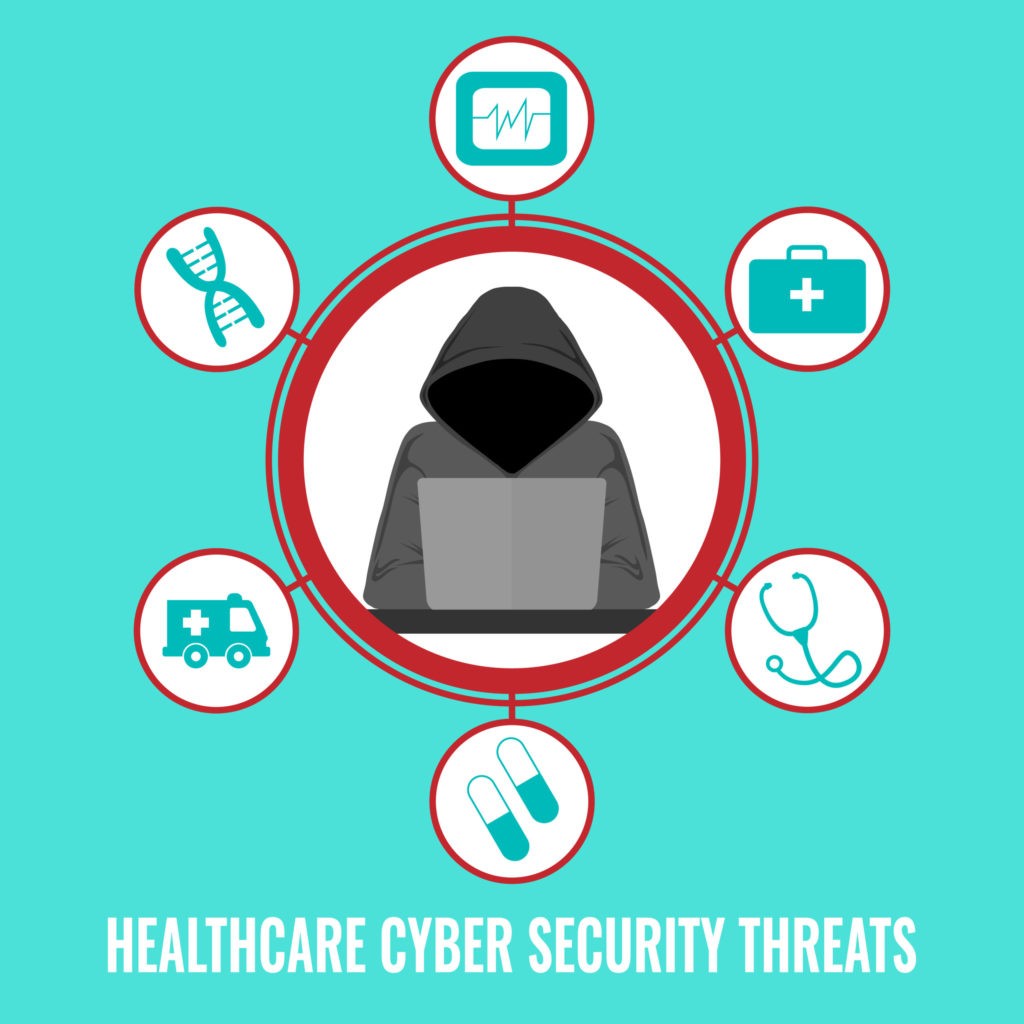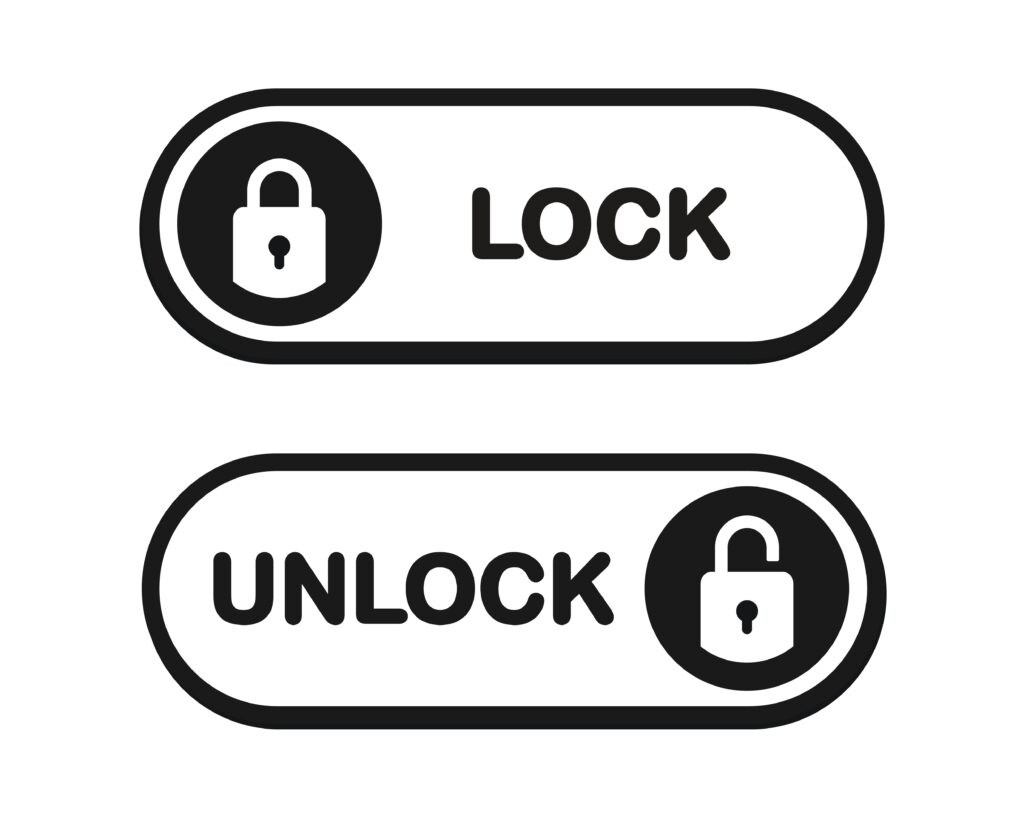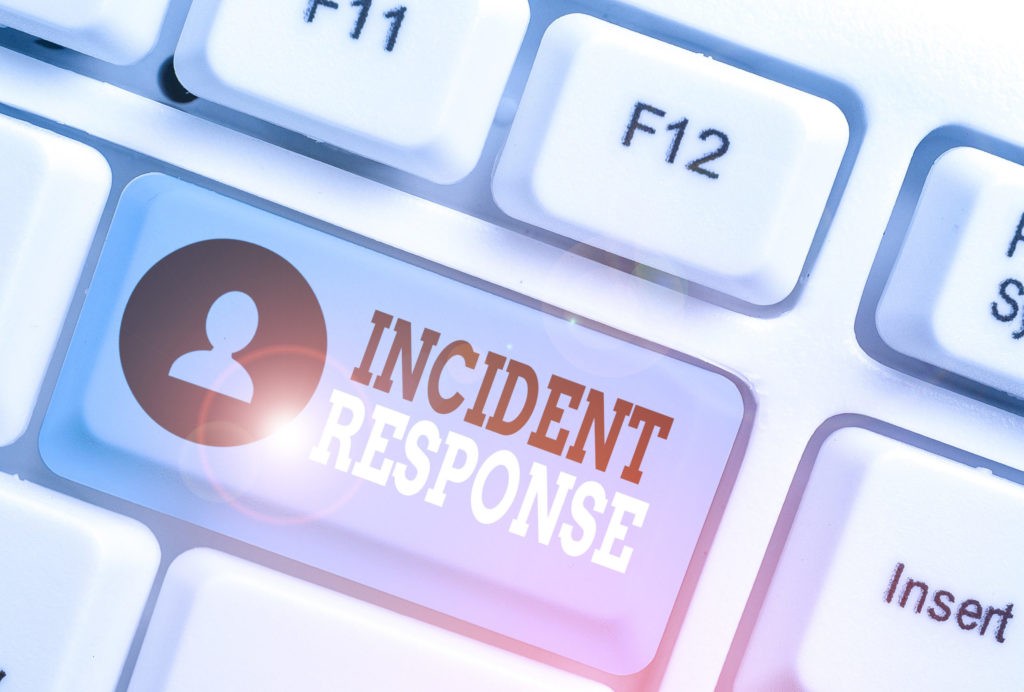How to use strong passwords in the workplace.
In today’s digital age, passwords are a critical aspect of security in the workplace. Whether it’s accessing company software or logging into a work computer, passwords protect sensitive information from…
Read MoreWhat is zero-trust?
We’ve seen many cybersecurity strategies over the years. As cybercriminals try ever-more ingenious attack techniques, businesses and IT experts must develop increasingly sophisticated defenses to protect sensitive data. Nowadays, zero-trust,…
Read MoreBest MYKI Alternative – GateKeeper Password Manager
Looking for the best off-line password manager solution to replace MYKI? As of April 10th, 2022, MYKI will discontinue their existing products. If you’re looking the the best Myki…
Read More5 Poor Cybersecurity Practices Putting your Organization at Risk
Most cybersecurity incidents result from avoidable mistakes and poor cybersecurity practices. Human error is evidently a major and growing cyber risk factor. As a result, you’re probably picturing employee negligence,…
Read MoreHow to Build Cybersecurity Culture in your Organization
The cybersecurity landscape has evolved drastically over the last few years. Cybercrime has become more sophisticated, common, devastating, and successful, as is evident in the ITRC 2021 Data Breach Report.…
Read More5 Cybersecurity Trends to Watch out for in 2022
The IT security scene has been quite chaotic since the COVID-19 pandemic hit. 2020 and 2021 saw widespread digital transformations across all commercial industries, which created new opportunities for criminals…
Read MoreTips for Achieving Data Security and Compliance in Healthcare Cybersecurity
Electronic health records (EHRs) and electronic medical records (EMRs) are incredibly useful, allowing for easy and quick access to patient data for healthcare purposes. Unfortunately, this digitization introduces new risks…
Read MoreWhat is Intelligent Authentication?
Authentication is the process of verifying the identity of a user before granting access to a computer system or application. Traditionally, authentication has relied on static identifiers such as passwords…
Read MoreCyberattack Prevention with the 6-Phase Incident Response Plan
A holistic cybersecurity strategy must include both proactive defenses to deter threats and responsive measures to counter attacks. An incident response plan (IRP) is a formal guide that outlines the…
Read More



